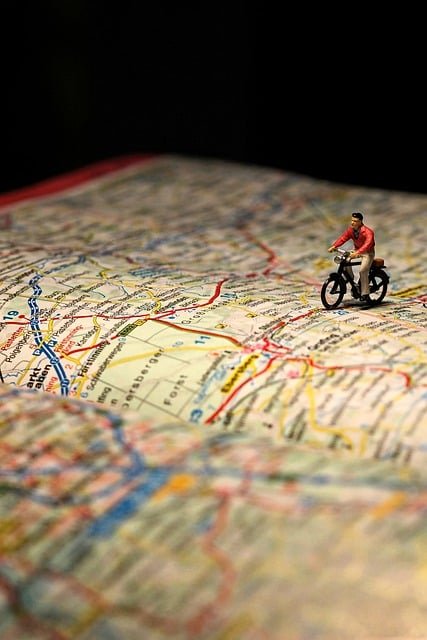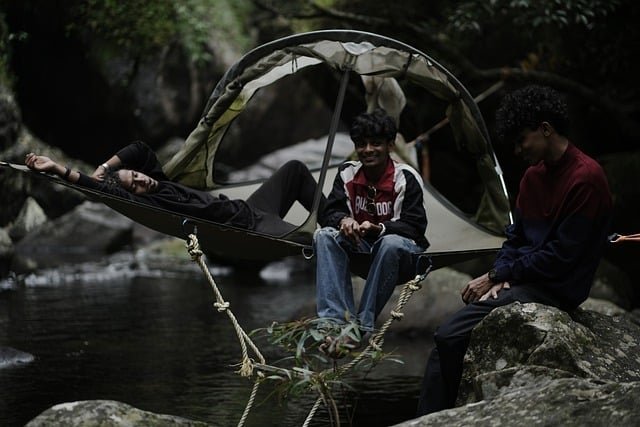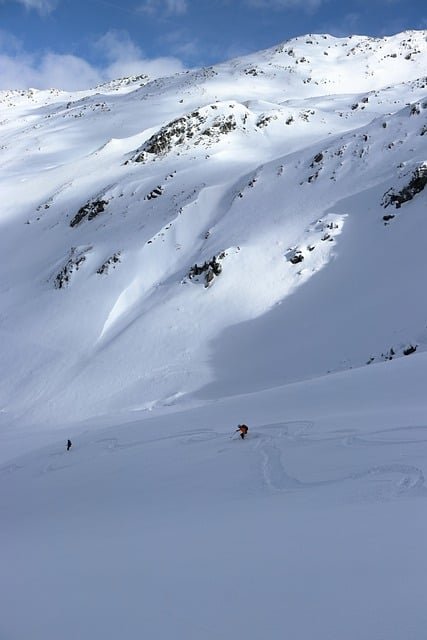what constitutes hiking

What is Hiking?
Hiking is a popular outdoor activity that involves walking on natural trails or paths in natural landscapes. It is a form of physical exercise that can be enjoyed by people of all ages and fitness levels, making it a popular choice for outdoor enthusiasts and nature lovers.
Types of Hiking
There are several types of hiking, each with its own unique characteristics and challenges:
- Day Hikes: These are short hikes that can be completed in a day. They usually cover a distance of 2-8 miles and are popular among beginners, families, and casual hikers.
- Overnight Hikes: As the name suggests, these hikes require spending one or more nights in a campsite or shelter along the trail. This type of hiking is more physically demanding and usually covers a longer distance.
- Thru-hiking: Thru-hiking involves completing a long-distance trail in one continuous journey. This type of hiking requires advanced planning, physical endurance, and mental toughness.
- Backpacking: Backpacking combines hiking with camping, allowing hikers to carry all their necessary gear and equipment with them on the trail. It is a popular way to explore remote and less accessible areas.
- Mountaineering: This is a challenging form of hiking that involves climbing mountains and often requires specialized equipment and skills.
Benefits of Hiking
Aside from being a fun and enjoyable outdoor activity, hiking also offers numerous health benefits. Some of the most notable benefits include:
- Improves Cardiovascular Health: Hiking is a great form of exercise that can improve cardiovascular health by strengthening the heart and increasing blood flow throughout the body.
- Burns Calories: Hiking is a great way to burn calories and maintain a healthy weight. The number of calories burned while hiking depends on factors such as distance, terrain, and pace.
- Strengthens Muscles and Bones: Hiking involves walking on uneven and often challenging terrain, which can help strengthen muscles, bones, and joints.
- Reduces Stress and Anxiety: Spending time in nature has been proven to have a positive impact on mental health, and hiking is no exception. The combination of physical activity and being in nature can help reduce stress and anxiety levels.
- Connects You with Nature: Hiking is a great way to disconnect from the daily hustle and bustle of life and connect with nature. It allows you to enjoy beautiful and scenic views, breathe in fresh air, and appreciate the natural world.
Essential Gear for Hiking
While the equipment needed for hiking may vary depending on the type of hike and the season, there are some essential items that every hiker should have:
- Hiking Shoes: A good pair of hiking shoes or boots is essential for a comfortable and safe hike. They should provide good ankle support and have a sturdy sole to help with traction.
- Backpack: A backpack is necessary for carrying all your essential gear, such as water, snacks, first-aid kit, and extra clothing.
- Water and Snacks: Staying hydrated and fueling your body with snacks is crucial during a hike. Make sure to bring plenty of water and high-energy snacks such as nuts, dried fruits, and energy bars.
- Navigational Tools: These may include a map, compass, and/or GPS device to help you navigate the trail and stay on course.
- Clothing for All Weather Conditions: It is essential to dress appropriately for the weather, which may include layers of clothing, rain gear, and a hat and sunglasses for protection from the sun.
- First-Aid Kit: It is always a good idea to bring a first-aid kit with basic supplies in case of any injuries or emergencies.
- Other Items: Depending on the length and difficulty of the hike, you may also want to bring items such as a flashlight, insect repellent, and a whistle for safety.
Important Tips for Hiking
In addition to proper gear, there are some essential tips you should follow to ensure a safe and enjoyable hiking experience:
- Research the Trail: Before embarking on a hike, make sure to research the trail and check the weather conditions. This will help you prepare for the hike and avoid any potential hazards.
- Hike with a Buddy: Hiking with a partner or a group is always safer than hiking alone. Besides, it can also make the experience more fun and enjoyable.
- Stay on the Marked Trail: It is important to follow the designated trail markers and avoid venturing off the trail onto unknown paths.
- Pack Out What You Pack In: It is crucial to leave no trace when you hike. This means packing out all of your trash and leaving the trail as you found it.
- Be Prepared for Emergencies: Accidents can happen, so it is essential to be prepared. Make sure to bring a first-aid kit and have a plan for what to do in case of an emergency.
Conclusion
Hiking is a wonderful way to connect with nature, stay physically active, and enjoy some incredible views. With the right preparation and gear, anyone can take part in this rewarding outdoor activity. So put on a pair of hiking shoes, explore a new trail, and experience the many benefits that hiking has to offer.







